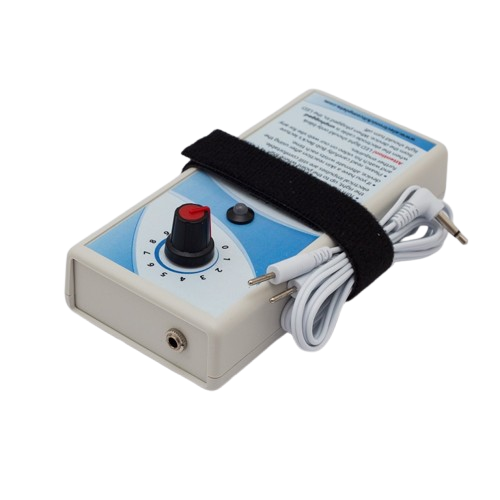Hyperbaric Oxygen Chamber (HBOT): Technology, History, Uses, and Costs
What Is a Hyperbaric Oxygen Chamber?
A hyperbaric oxygen chamber (HBOT chamber) is a sealed medical device where a person breathes 100% pure oxygen in an environment with higher-than-normal air pressure. Normally, the air we breathe contains about 21% oxygen. In a hyperbaric oxygen chamber, oxygen levels and atmospheric pressure are increased, which allows much more oxygen to dissolve into the blood and body tissues.
This technique is called Hyperbaric Oxygen Therapy (HBOT) and is used in medicine, wellness, and even sports recovery.
How Does It Work?
Under normal atmospheric pressure, oxygen is mainly carried by hemoglobin in red blood cells. But inside a hyperbaric chamber:
- Air pressure is increased 2 to 3 times higher than normal.
- Patients breathe pure oxygen through a mask or directly in the chamber.
This pushes oxygen deeper into tissues, even into areas with poor blood flow or swelling.
This can help speed up healing, fight infections, and reduce inflammation.
History & Who Invented It
The concept of breathing compressed air for medical purposes dates back to the 1600s. The first documented hyperbaric chamber was built in 1662 by a British physician named Nathaniel Henshaw, who created a pressurized room called a “domicilium.”
Modern hyperbaric chambers as we know them today were developed in the 20th century, particularly during World War I and II, when military divers used pressurized air to treat decompression sickness (“the bends”).
Medical use of hyperbaric oxygen therapy became standardized in the 1950s and 1960s, when it was officially approved for certain medical conditions such as:
- Carbon monoxide poisoning
- Gas embolism
- Chronic wounds
Types of Chambers
Monoplace chambers – For one person, lying down, often used in hospitals or clinics.
Multiplace chambers – Larger rooms that can hold multiple patients and even medical staff inside.
Portable or soft chambers – Smaller, more affordable, often used in wellness centers or for home use (but with lower pressure).
Who Uses It?
Medical Applications
Wound Healing – Especially in diabetic ulcers or after radiation injury.
Infections – Severe infections where tissues are deprived of oxygen.
Carbon Monoxide Poisoning – Helps quickly remove carbon monoxide from blood.
Decompression Sickness – For divers or high-altitude pilots.
Stroke & Brain Injury (experimental) – Some clinics offer it to promote neurological recovery, although evidence is mixed.
Sports & Wellness
Professional athletes sometimes use hyperbaric chambers to:
- Speed up recovery after intense training or injury
- Reduce inflammation and fatigue
Celebrity & Alternative Use
Some celebrities have promoted HBOT for anti-aging, beauty, or general wellness, although scientific support for those claims is still debated.
Cost and Accessibility
Treatment Costs
Medical HBOT in hospitals: typically $100–$250 per session (in the U.S. and Europe).
Wellness centers often charge $50–$150 per session for mild-pressure chambers.
A full treatment plan can involve 20–40 sessions, so total costs range from $2,000 to $10,000+.
Buying a Chamber
Soft portable chambers: $5,000 – $20,000
Medical-grade hard chambers: $50,000 – $200,000
Multiplace chambers (hospital scale): $500,000 – $1 million+
Because of the high price and need for medical supervision, most people access hyperbaric therapy through clinics rather than buying one.
Safety
When used correctly under medical supervision, HBOT is considered safe. However, risks include:
- Ear and sinus discomfort (due to pressure changes)
- Oxygen toxicity (rare but possible at high pressure)
- Temporary vision changes after repeated sessions
Conclusion
The hyperbaric oxygen chamber is a fascinating blend of centuries-old ideas and modern medical technology. Originally developed for divers, it has grown into a treatment used for wound care, infections, and more experimental wellness approaches. While effective in many approved cases, it remains an expensive technology and is usually only found in hospitals, rehabilitation centers, and specialized wellness facilities.
